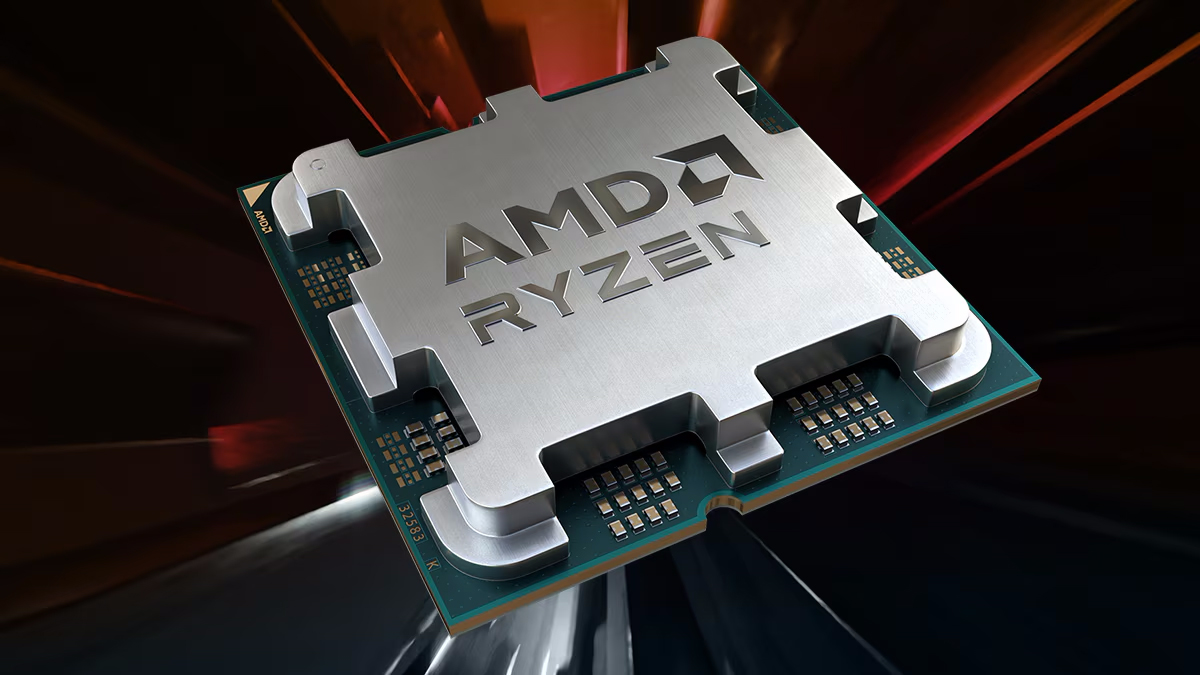
A hardware enthusiast has tested the Gigabyte X3D Turbo mode. As shared by York on X, the model was tested in Forza Horizon 5 on a Ryzen 7 9700X. With the feature enabled, performance improved by a measly 5%.
Gigabyte's X3D Turbo mode arrives with the AGESA microcode update 1.2.0.2a, which is already en route to 600 series and 800 series chipset motherboards. According to our sources, the turbo mode isn't exclusive to Gigabyte. Instead, it's a feature that's part of the latest AGESA microcode so that other motherboard manufacturers will offer the same feature, most likely under a different name. It's unknown how the turbo mode works, but we were told it disables a particular setting in the firmware. From the York's feedback, it looks like simultaneous multi-threading (SMT).
Gigabyte's new mode was tested with the Ryzen 7 9700X paired with two 8GB DDR5-6000 DDR5 memory modules. Enabling Gigabyte's X3D turbo mode purportedly disabled SMT and boosted memory bandwidth from 55 GB/s to 61 GB/s.
GIGABYTE X3D Turbo Modeめっちゃ軽~く触ってみたSandraとForzaで検証(9700X, D5-6000 16Gx2)・SMTが切られた・メモリ帯域も若干太くなった(約55GB/s→約61GB/s)・PPTは変更なし (CB R23で88W)・CPUシミュレーション、レンダリングのFPSがかなり上昇している… pic.twitter.com/kpal0wU2A6October 20, 2024
According to the user's test in Forza Horizon 5, frame rates went from 307 FPS to 322 FPS with the feature turned on, yielding a 5% performance improvement. This is significantly worse than what Gigabyte touted the feature as capable of, with advertising improvements of up to 20%. To be fair, the vendor did specify "up to." The improvement is probably dependent on the chip, RAM, and motherboard.
In any event, take the testing with a pinch of salt since we don't know if factors were at play that might have hindered the user's benchmark run with the Ryzen 7 9700X. Regardless, a 20% improvement is almost unbelievable purely from a firmware standpoint, but we'll have to wait and see.
We aren't sure what other settings are modified with the turbo mode turned on. A 5% improvement is a more believable and realistic uplift from a motherboard tuning change. Disabling SMT can improve performance slightly in games that don't play nicely with SMT.







